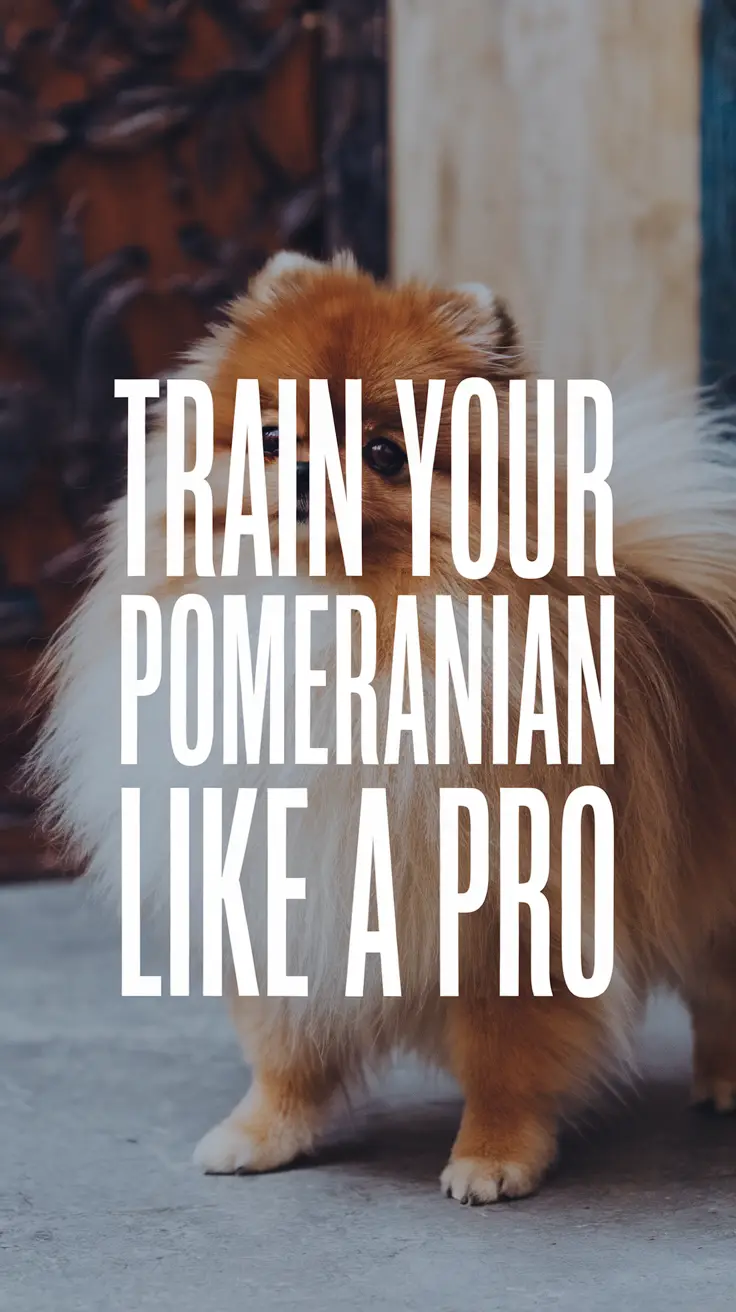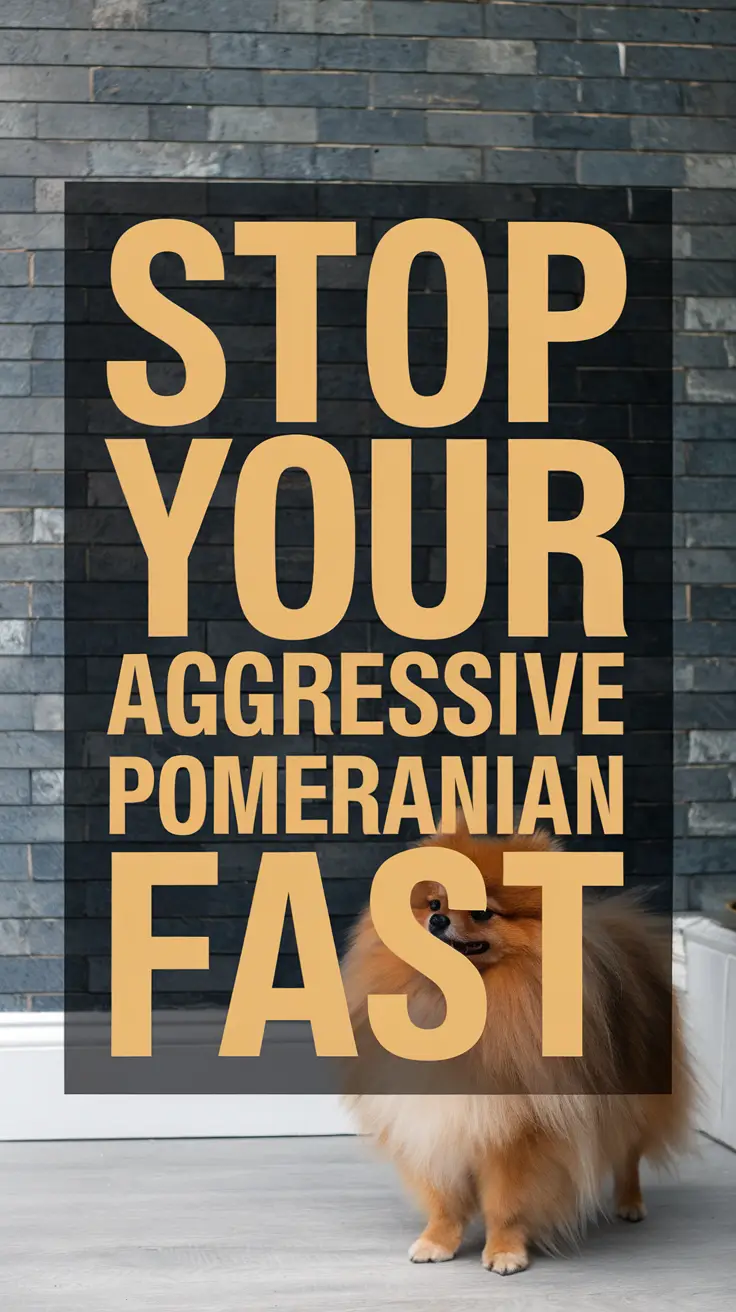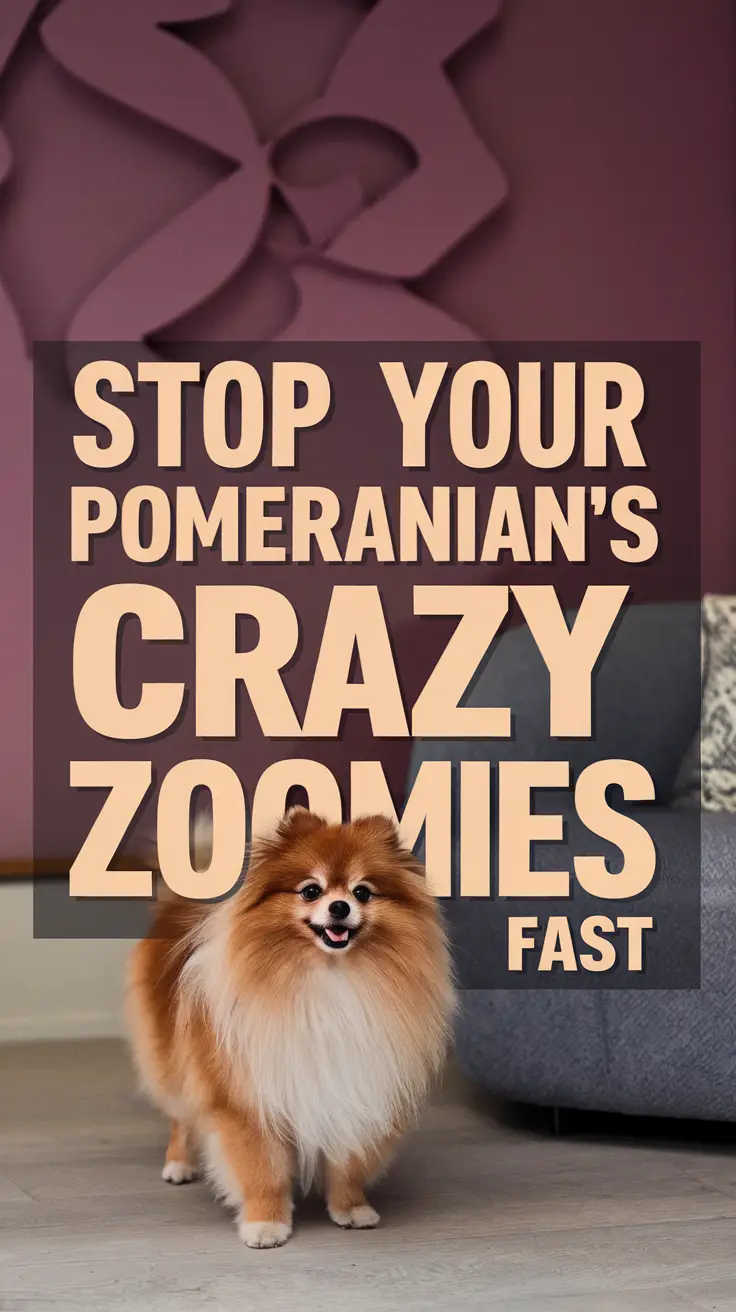I watched in horror as my sweet 6-pound Sash launched herself at a German Shepherd three times her size, barking like she was ready to take on the world. Sound familiar? That’s Small Dog Syndrome in action – and trust me, it’s not as cute as it looks when your tiny Pomeranian thinks they’re the neighborhood bouncer.
Quick Summary:
- Small Dog Syndrome isn’t a medical condition but a collection of behavioral issues stemming from inadequate training and boundaries
- Prevention starts with treating your Pomeranian like a dog, not a delicate ornament
- Consistency in training and socialization is your best defense against developing these problematic behaviors
Understanding Small Dog Syndrome
Small Dog Syndrome describes a cluster of behavioral problems commonly seen in toy breeds like our beloved Pomeranians. Think of it as your fluffy friend’s misguided attempt to compensate for their size by developing an oversized attitude. The American Kennel Club notes that these behaviors often include excessive barking, aggression toward larger dogs, possessiveness, and general defiance of commands.
Here’s the kicker – it’s not actually about their size. It’s about how we treat them because of their size. When Sash first came home, I found myself carrying her everywhere, letting her growl at visitors without correction, and basically treating her like a living teddy bear. Big mistake.
Common Signs and Symptoms
Recognizing Small Dog Syndrome early can save you (and your neighbors) a lot of headaches. Watch for these telltale signs:
| Behavior | What It Looks Like | Why It’s Problematic |
|---|---|---|
| Resource Guarding | Growling over food, toys, or favorite spots | Can escalate to biting |
| Excessive Barking | Barking at everything that moves | Stress for dog and family |
| Leash Aggression | Lunging at other dogs while walking | Dangerous situations |
| Separation Anxiety | Destructive behavior when alone | Property damage and distress |
| Attention Seeking | Demanding behavior, jumping, pawing | Reinforces bad habits |
Dr. Patricia McConnell, a renowned animal behaviorist, explains that small dogs often get away with behaviors that would never be tolerated in larger breeds. When a Great Dane jumps on someone, it’s immediately corrected. When a Pomeranian does it? “Oh, how cute!” Wrong answer.
Prevention Strategies That Actually Work
Start With Proper Socialization
The window for socialization closes around 16 weeks, so timing is everything. I learned this lesson the hard way with Sash. During her critical socialization period, I was so worried about her getting hurt that I limited her exposure to other dogs and new experiences. Result? A dog who thought everything unfamiliar was a threat.
Effective socialization includes:
- Controlled meetings with well-behaved dogs of various sizes
- Exposure to different people, sounds, and environments
- Positive experiences with handling (grooming, vet visits)
- Training classes specifically designed for small breeds
Establish Clear Boundaries
Your Pomeranian needs to understand they’re not the CEO of your household. This means:
- No begging at the dinner table (yes, even when they give you those eyes)
- Waiting patiently for meals instead of demanding service
- Respecting personal space and not guarding furniture
- Following basic commands regardless of their mood
I had to learn to ignore Sash’s dramatic protests when I implemented these rules. Pomeranians are natural performers, and the theatrics can be… impressive.
Training Techniques for Success
Positive reinforcement works wonders with Pomeranians, but consistency is non-negotiable. Here’s what I’ve found most effective:
| Training Focus | Method | Timeline |
|---|---|---|
| Basic Commands | Short, frequent sessions (5-10 minutes) | 2-4 weeks for solid foundation |
| Leash Training | Start indoors, progress gradually | 4-6 weeks |
| Impulse Control | “Wait” and “leave it” commands | Ongoing practice |
| Quiet Command | Reward silence, never yell over barking | 6-8 weeks |
Managing Existing Behavioral Issues
If your Pomeranian already exhibits signs of Small Dog Syndrome, don’t panic. With patience and the right approach, these behaviors can be modified. Professional dog trainer Victoria Stillwell emphasizes that it’s never too late to establish better patterns.
When Sash developed resource guarding around her favorite squeaky toy, I had to implement a structured training program. It took weeks of consistent work, but she eventually learned that giving up her toy resulted in even better rewards. The key was making sure everyone in the household followed the same protocol – no exceptions.
The Role of Exercise and Mental Stimulation
A tired Pomeranian is a well-behaved Pomeranian. Despite their small size, these dogs have energy to burn and minds that need engagement. I discovered that Sash’s worst behavioral days coincided with inadequate exercise or mental stimulation.
Effective activities include:
- Daily walks (weather permitting)
- Puzzle toys and treat-dispensing games
- Training sessions that challenge their intelligence
- Supervised playtime with appropriate dog friends
Don’t underestimate your Pomeranian’s physical capabilities. While they shouldn’t run marathons, they’re capable of more activity than many owners assume.
When to Seek Professional Help
Sometimes, despite our best efforts, professional intervention becomes necessary. Consider consulting a certified dog behaviorist or trainer if:
- Aggressive behaviors escalate or pose safety risks
- Your Pomeranian shows extreme anxiety or fearfulness
- Training attempts consistently fail after several weeks
- The behaviors significantly impact your quality of life
I’m not affiliated with any specific training programs, but I strongly recommend looking for trainers certified through organizations like the Certification Council for Professional Dog Trainers (CCPDT). Experience with toy breeds is a definite plus.
The Long-Term Perspective
Preventing Small Dog Syndrome isn’t just about avoiding annoying behaviors – it’s about giving your Pomeranian the best possible life. A well-adjusted dog is happier, healthier, and forms stronger bonds with their family. They can accompany you on adventures, meet new people confidently, and navigate the world without constant stress or reactivity.
Sash transformed from a reactive, anxious little fluffball into a confident companion who can hold her own in any situation. She still has opinions (it’s a Pomeranian thing), but she expresses them appropriately. The investment in training and socialization paid dividends in our relationship and her overall wellbeing.
Remember, behind that adorable face and luxurious coat beats the heart of a real dog with real needs. Treat them with the respect and structure they deserve, and you’ll discover just how remarkable these pint-sized personalities can be when given the chance to shine properly.



